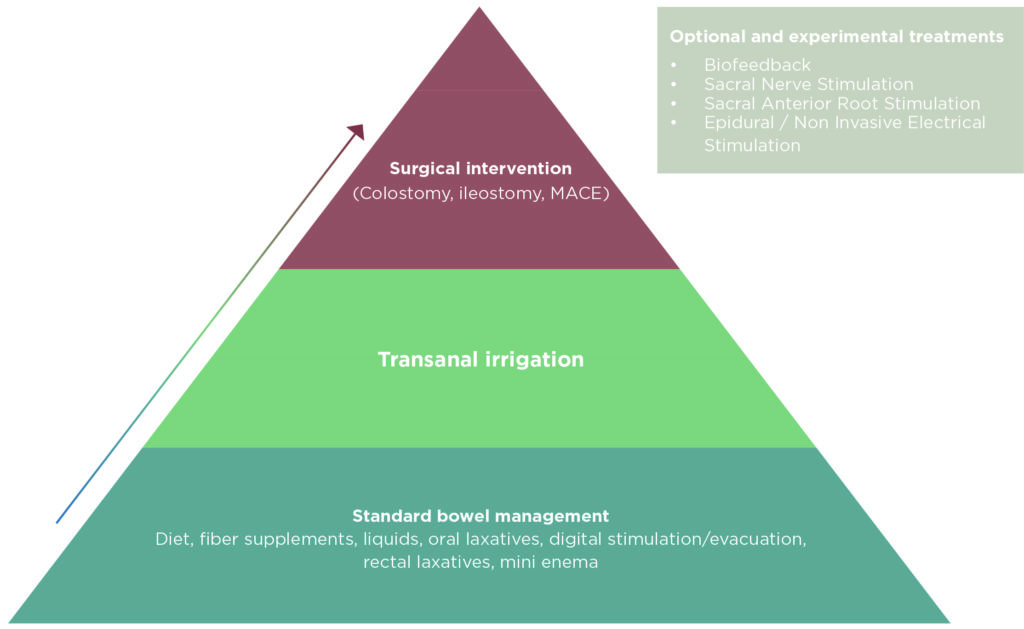By Andy Hamilton, Head of Marketing at Qufora Ltd
An electric car, treatment pathways and a couple’s devotion to each other.
Shooting one of our personal stories is important to us as we know the difference they can make to people managing their own bowels and situations. It can be the catalyst for them to start or stay on their regime to lead the life they want. It’s so rewarding hearing the positive feedback but also getting to know people who kindly show us their lives and tell their story is so valuable to us in marketing. It’s like a little piece of in-depth research to help shape our knowledge, too. I so admired Kim and Steve in how they manage their life. Their devotion to each other is what helps them through each day. Sticking to their routine and ‘what works for them’. That was a phrase Steve liked to use in how they manage. And I think it’s because he knows you need to be flexible and adapt and be open minded. And I was thinking about that phrase as I took my hired electric car back to the rental company. All part of our updated vision and mission, with a renewed focus on the planet, I’d thought I’d get to Kim and Steve’s in an electric car.
I don’t own an electric car, so this was all new and I was to going to see if ‘it could work for me’. Could I move away from the accepted and traditional internal combustion engine with all its moving parts, in favour of the newer cleaner and simpler electric power? A tough task in one trip but I remained open minded.
The car isn’t a second office for me but I know it can be others. Brigitte and I discuss a lot of clinical reports, evaluations and research to see how we can use them for educating ourselves, our team our empowering others. And it just so happened while I was travelling that we called each other to run through a recent piece:
Neurogenic Bowel Dysfunction in Patients with Spinal Cord Injury and Multiple Sclerosis—An Updated and Simplified Treatment Algorithm Fredrika S. Magnuson 1,*, Peter Christensen 2, Andrei Krassioukov 3 , Gianna Rodriguez 4, Anton Emmanuel 5, Steven Kirshblum 6,7 and Klaus Krogh 1
In it the authors wanted to present a new and more practically oriented version of the treatment algorithm or “treatment pyramid” for NBD which is in line with recent guidelines and best evidence available. They took the traditional 7 stage treatment pyramid and created a new 3 stage treatment pyramid. With experimental treatments as, and here’s my marketing take on something clinical, a pick and mix bag if you wanted, needed or could provide it. Brigitte likes to call it the mix of conservative treatments and RI as tools in a toolbox. And the new pathway makes it feel more like that.

There are lots of similar-looking models in marketing. We marketers love to jump to newer, simpler models, but only because we kind of have to, such is the pace of change in media and technology in recent years.
So, what we have in this report is traditional and accepted thinking versus a new simpler thinking. I’m not saying choosing a fossil fuel or electric car is like choosing a treatment pathway. There are lots of examples in all walks of life of old versus new. What I am saying is that like our vision and mission it’s about aligning to principles and being open minded to new ideas.
To me the new pathway is a logical development and it feels like it’s moved with the pace of change RI has developed in to as a treatment. Simplifying is always easier to use and makes it easier to adopt too. Of course, it’s not a one size fits all as different patients need different things so, it’s about ‘what works for you’ between the traditional and new pathway.





